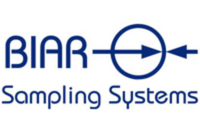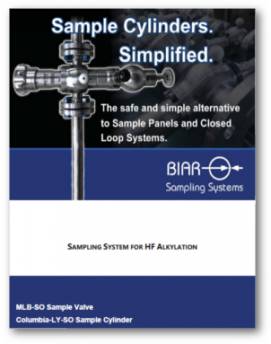Hydrogen Fluoride
1) Description
Name: ...........................................................................................Hydrogen Fluoride
Chemical Formula: ...................................................................HF
CAS No: .........................................................................................7664-39-3
Other Names: .............................................................................Anhydrous hydrogen fluoride, Aqueous hydrogen fluoride, HF-A, Hydrofluoric acid
Uses: ..............................................................................................Industrial
Physical state: .............................................................................Colorless gas or fuming liquid (below 67°F)
Odor: ..............................................................................................Strong, irritating odor
Boiling Point: ...............................................................................19.4°C (67°F)
Freezing Point: ..............................................................................- 83°C (-118°F)
Flammability (solid, gas): .........................................................N/A
Vapor pressure: ...........................................................................783 mmHg
2) Hazards
Immediately Dangerous to Life or Health Concentrations (IDLH) NIOSH 1994.
H310: Fatal in contact with skin
H314: Causes severe skin burns and eye damage
H330: Fatal if inhaled
Reactivity: Metals, water and steam. Corrosive to metal. Will attack glass and concrete.
Specific Hazards Related to Sampling: HF is an extremely reactive and corrosive chemical that can be fatal in small doses.
Great care must be exercised when handling it, and sampling HF safely has been a challenge for quite some time. When designing a system to sample HF, it is critical to consider the material from which the system will be constructed.
Materials such as Monel 400 and Hastelloy C276 offer better protection from corrosion from HF. Sampling systems must also be designed to ensure that no HF is allowed to escape into the atmosphere, and exposure risk is minimized. Sampling must be done in a totally enclosed environment to prevent any releases but also to prevent moisture from influencing the sample. Safe handling of HF in alkylation units are covered in RP-751 2.3.4.




.png?width=1761&height=2000&name=Sample%20Cylinder%20Diagram%20(1).png)
